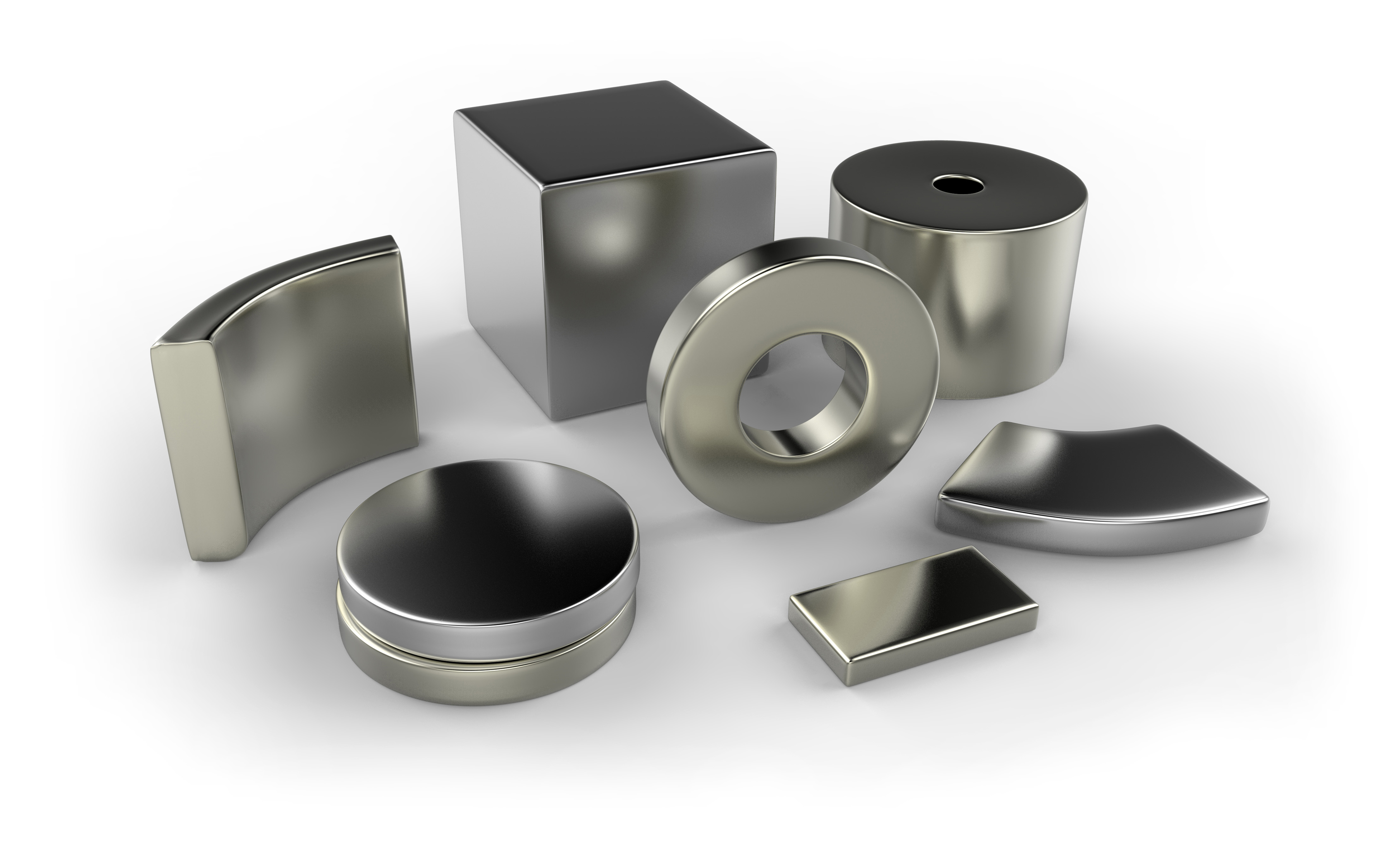Minor Metals & Strategic Metals: Mineral Processing at Core Reseources



In the challenging times of the mining industry, “Strategic Metals” have found a celebrity status recently. Capital has flowed into companies focussed on these elements (or at least some of the elements), as investors seek to ride the wave of new technologies that draw on these elements.
Called “strategic” because of their critical role in the economy or defence – i.e. national interest and security – of sovereign countries, the metals themselves have in fact been mined, or at least known, for centuries. They have previously been known simply as ‘Minor Metals’ or ‘Speciality Metals’. Their strategic nature has emerged in more recent times in the context of shifting geopolitics, and the emergence of new technologies that have created new uses for these elements.
Most of the strategic metals require more complex processing in order to isolate them from their ores – and Core has had years of experience with all of these processes. Here are case studies of some of testwork and engineering programmes conducted by Core on these metals – often before they became known as ‘strategic’.
With Graphite, Lithium has perhaps been the most widely talked about element among investors in recent time. Its role in ‘Li-ion’ batteries is well known by anyone who’s bought a cordless drill at the local hardware store, and with the market for home energy storage just opening up, the expectations for Lithium’s future are big.
While Lithium has held the limelight in recent times, it can’t get far in the battery industry without Cobalt. Up to 60 % of a Lithium-Ion battery is in fact Cobalt (so, for example, in this breakdown of the 62 elements needed to make an iPhone 6, http://www.visualcapitalist.com/extraordinary-raw-materials-iphone-6s/). Australia holds 2nd place on the US Geological Society’s table of Cobalt reserves, with 1,100,000 tonnes of Cobalt identified, second only to Congo’s 3,400,000 tonnes.
Core has worked on a large number of Cobalt projects over many years, including:
Graphite is an exciting new material, with announcements of new applications of it regularly being made from the academic world. A key constituent in modern batteries, there is already a substantial market in view for graphite producers around the world.
As with many of the strategic metals, purity is king. Core has experience in basic beneficiation processes for graphite, but also in the more demanding and complex purification processes that generate the high grade premium graphite materials.
Rare Earth Elements have a very wide, and growing, range of applications. Well known for high strength magnets, they have a myriad of other applications in electronics, alloys, catalysts and new technologies.
Core has developed considerable expertise in Rare Earth chemistry and mineral processing over the last 5-10 years. Programmes conducted at Core include:
Well known for its use as a fire retardant, Antimony has a number of other uses – included as a fining agent to remove microscopic bubbles in the glass made for your TV.
Core has extensive experience in Antimony, and recently literally ‘wrote the chapter’ on treatment of gold/antimony ores for a major international mineral processing text. Our laboratory experience includes:
These are just some of the strategic metals. Core has extensive experience across all processes relevant to the recovery of these and other metals – from beneficiation through to leaching, purification and recovery. Core specialises in developing mineral processing flowsheets for complex or unusual projects – contact us today to discuss yours.

Get in touch
36 Corunna Street, Albion, Queensland, 4010, Australia,
+61 7 3637 8100
© Core Resources 2024